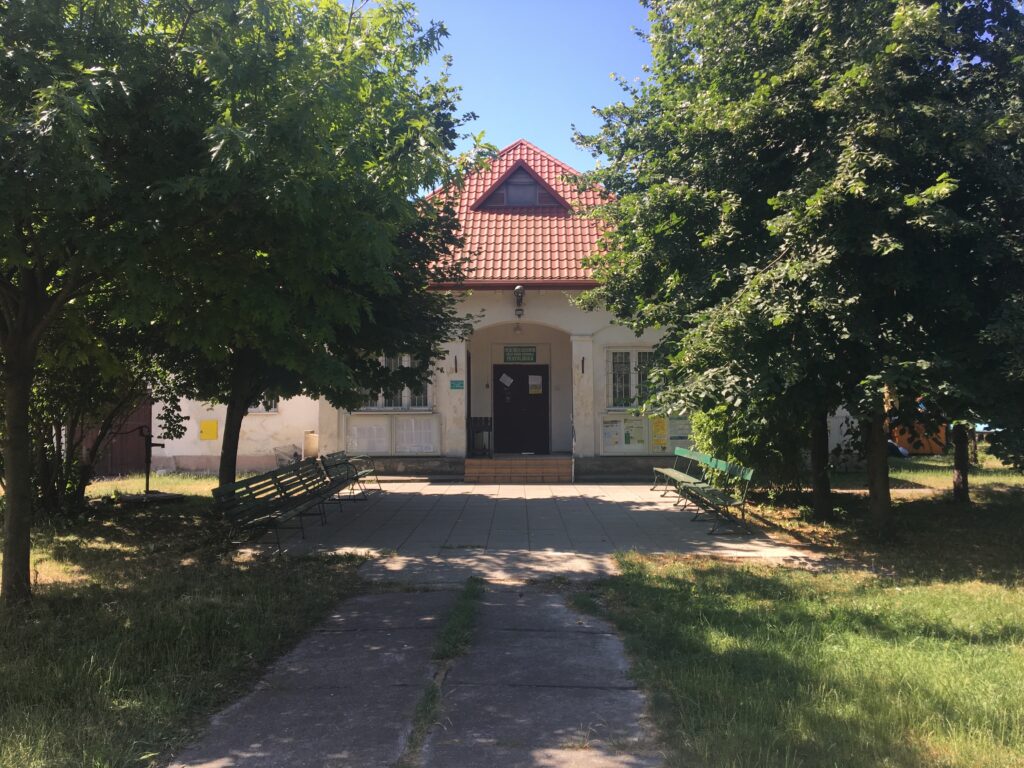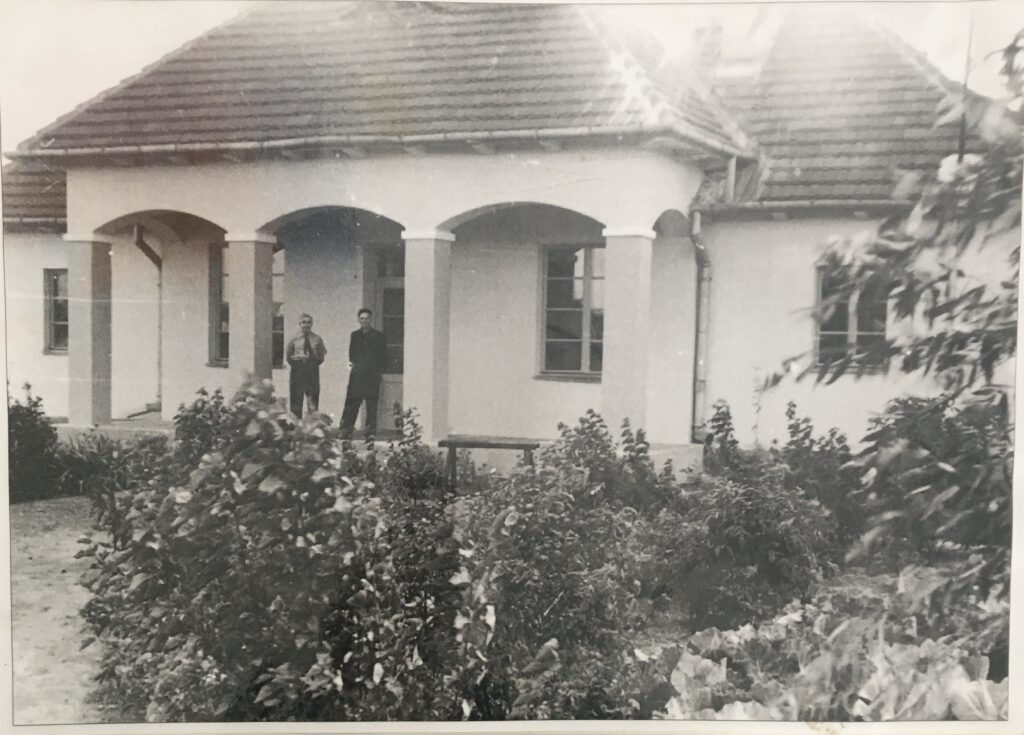The Pratulinska Familly Allotment Gardens are one of the few colonies founded in Warsaw in 1945, shortly after the Second World War ended. Before, there were only a several gardens in Warsaw, mainly on the west side, so one can safely say that they are one of the oldest in the city. The villa located in the western part of the garden, nowadays being the Allotment Gardener House, dates back to the beginning of the 20th century. The villa with an orangery, granary and large fruit and vegetable garden with cold frames and special place for growing asparagus were part of the Targówek Farm (Folwark Targówek) and belonged to landowner Marceli Żyznowski (1825-1890). Whole area of the former farm and manor house were the origins of the future residential district of Targówek.
Currently, the garden is located on the grounds belong to the capital city of Warsaw, due to the lease of land (dzierżawa) by Polish Association of Allotment Gardeners (PZD). The colony of Pratulińska, like most Warsaw allotment colonies, is associated in PZD.
On 12.5 ha there are 249 plots, located in two parts of the colony divided by Pratulińska street. The western part of the garden, with the Allotment Gardener House, called ‘large gardens’ (duże ogrody) is surrounded by blocks of Smoleńska street, newly opened metro station Targówek Mieszkaniowy with a parking lot and old orchard residue on the north and the railway tracks on the south-west. The eastern part of the colony, called ‘small gardens’ (małe ogrody) borders with blocks of Halina Junkiewicz street and busy road Radzymińska on the south east. Access to the garden is possible through 12 lockable gates located at different part of the colony.
A characteristic feature of the garden is the impressive but slightly damaged Allotment Gardener House and the vast common area around, where the community of gardeners gathers during various activities such as Gardener Day, trainings and workshops. In the summer of 2019, as part of the pilot programme ‘Onward Allotments’, three meetings were held to diagnose the potential of the place and the possibilities of opening the garden to the wider group of people.
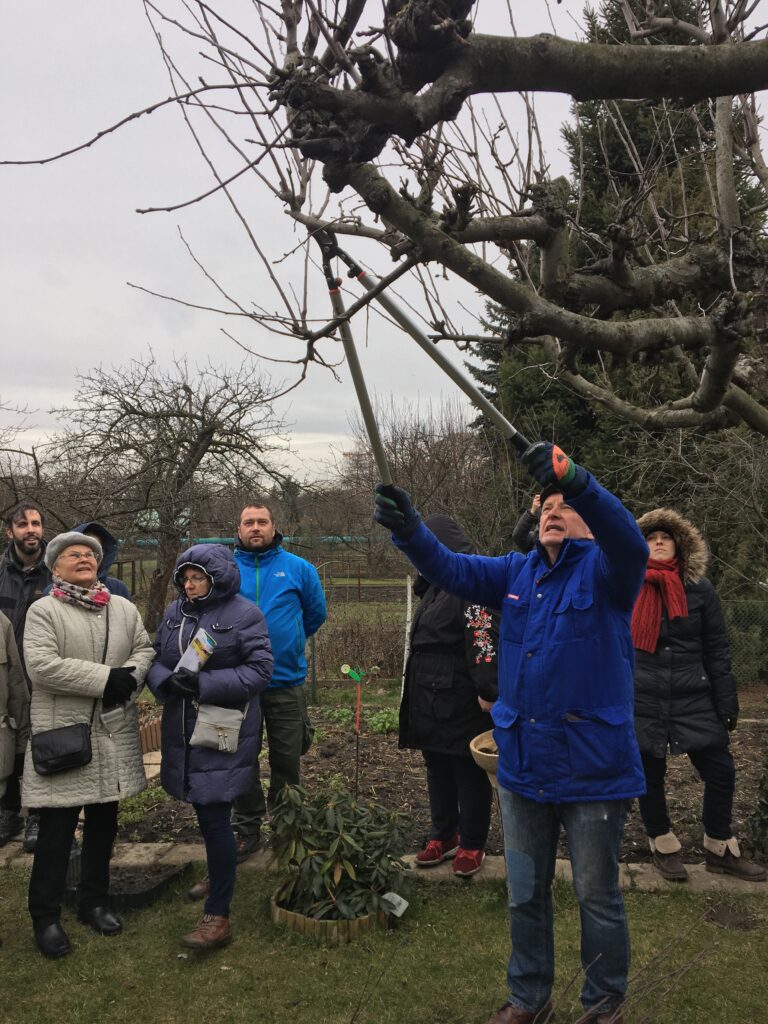
Pruning workshop 
Communal compost building 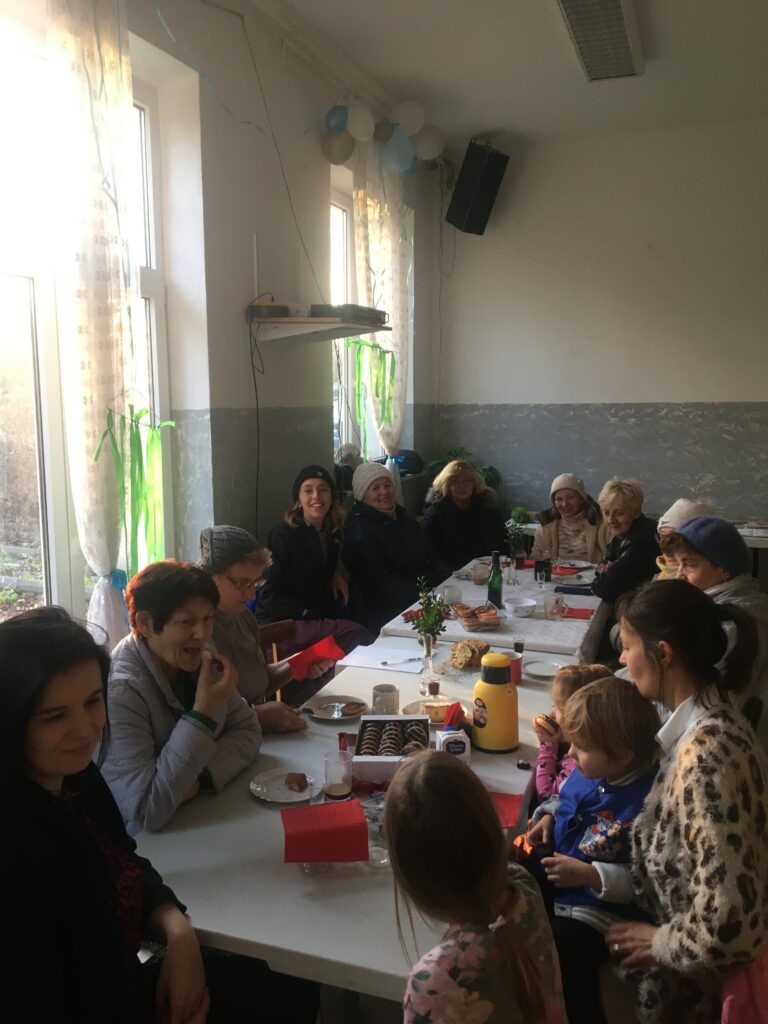
Women Circle 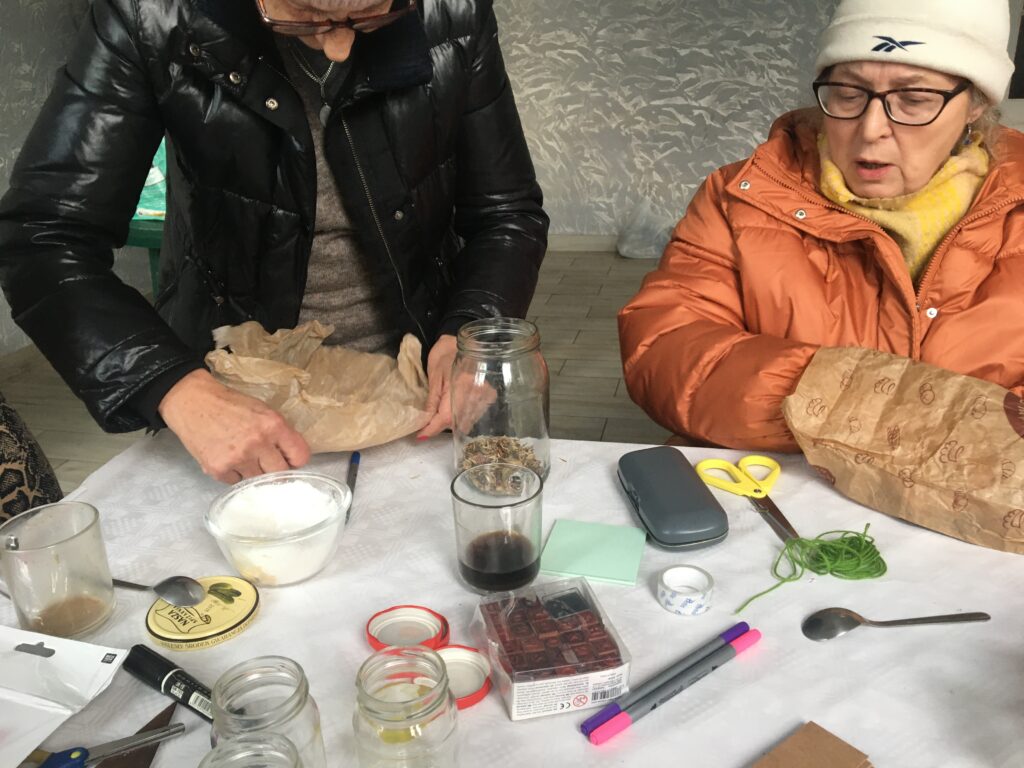
Seed Bank

